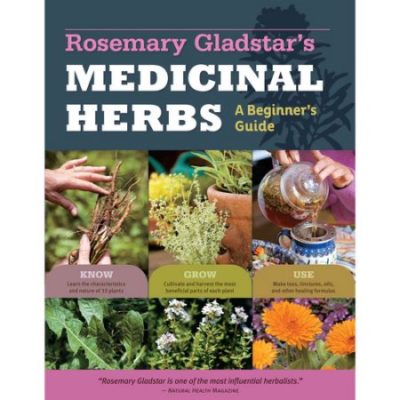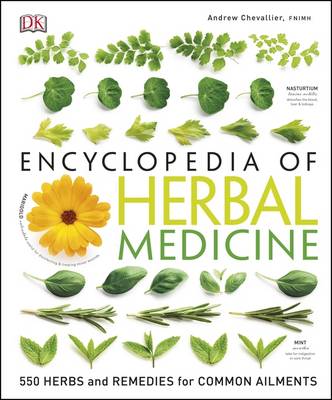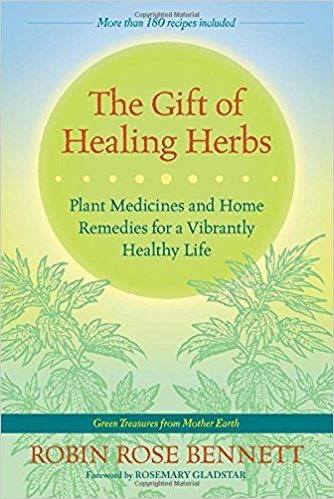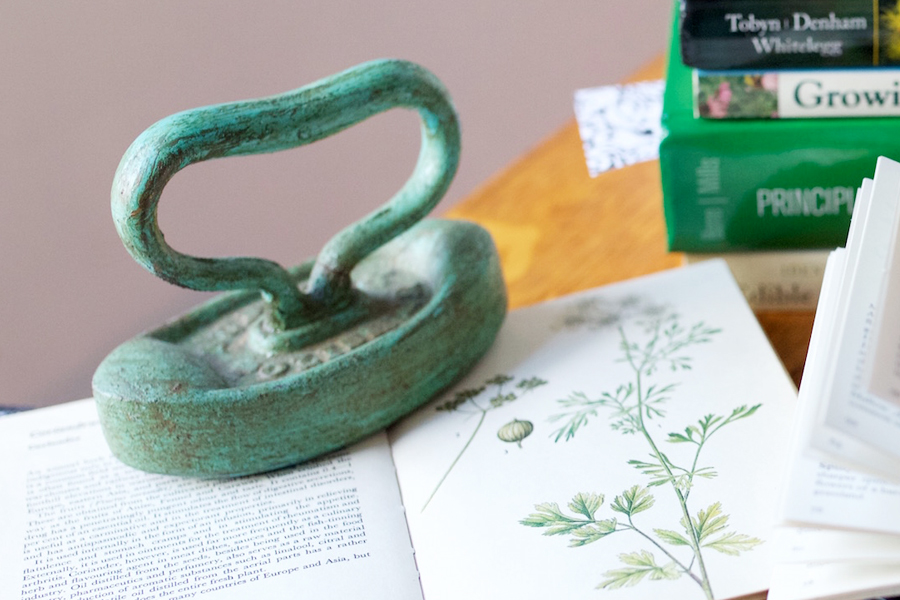
5 Herbal Books for the Complete Beginner
As a newcomer to this field, it is easy to dive in enthusiastically, only to feel a little lost once knee-deep into one concept or another. Having just a few herbal books that go over a little bit of everything and are geared toward the complete beginner can provide some stable footing and help inspire the directions you’d like to go next.
In going through several books, I found a common structure for study was to start with the basic philosophies of holistic, balanced, or “soulful” herbalism and branch out in different approaches to herbalism from there.
Though they are just the tip of the iceberg, the introductory books listed below are highlighted for a few key qualities to help navigate the directions you may like to explore next, especially if you are looking for herbal books for beginners.
Some helpful qualities found in these books are that they are well-organized, have easy-to-understand explanations on foundational concepts, are engaging and have action-ready steps for newcomers to experiment with, contain a wealth of information from experienced practitioners, include practical appendices and glossaries as well as trusted scientific information, and have a unique voice that encourages the novice to go deeper into understanding themselves through herbalism and holistic health.
All of these books are useful for practical referencing or daily inspiration. Sample a few styles and pay attention to which voice, approach, or discipline resonates best with you and your goals for holistic health.
5 Herbal Books for Beginners
1. Medicinal Herbs: A Beginner’s Guide by Rosemary Gladstar
Medicinal Herbs: A Beginner’s Guide by Rosemary Gladstar
Celebrated herbalist Rosemary Gladstar’s introductory text, Medicinal Herbs is a truly perfect herbal book for the complete beginner.
Eye-catching and engaging to the complete novice, this book has an approachable and colorful textbook feel to it. Introductory chapters summarize herbalism foundations, approaches to growing and using herbs, helpful hints, and safety precautions. Profiles of 33 plants follow 9 easy-to-grow at home herbs and 24 effective herbs for the beginner to “know, grow & use.” Avoiding information overload, each profile is just a page or two in length with full color photos, recipes, and informational boxes. This concise approach primes one’s ability to get to know a plant, cultivate it, and learn about its most practical applications, and apply this process to future studies.
This book is perfect to pique the interest of herb lovers and newcomers alike with practical steps to take you out of the book and into the garden and kitchen.
2. The Way of Herbs by Michael Tierra, L.Ac., O.M.D.
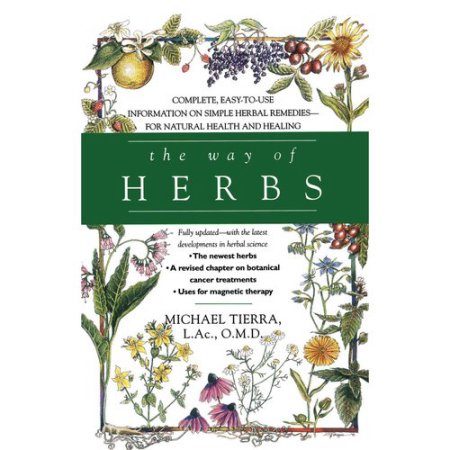
The Way of Herbs by Michael Tierra, L.Ac., O.M.D.
This book is an almost perfect balance of practical and philosophical introductions to herbalism.
Tierra’s many years of studying cultural traditions and complementary therapies inform his introduction and each following chapter expands basic concepts into in depth sections. These well-organized sections answer lingering questions regarding terminology, therapies, different traditions, and balancing diet basics, to name a few. He has listed his most important beginning herbs to know in mini materia medicas for Western and Traditional Chinese Medicine as well as common uses for kitchen herbs. Rounded out with useful appendices, further reading, and purchasing resources as well as some sections on new developments in herbalism, this book is a relief to have on hand when reading other books and stumbling over terminology that is still somewhat foreign to the complete beginner. Tierra’s experience shows through in his authoritative, yet open-minded approach to herbal healing.
Like reading the notebooks of a seasoned practitioner, the information presented feels tried and true, coming from someone that has been interweaving threads of several disciplines for decades.
3. Encyclopedia of Herbal Medicine by Andrew Chevallier
Encyclopedia of Herbal Medicine by Andrew Chevallier
Perfect for the visual learner, this book has what some classic introductory texts are missing: pictures! Including a helpful balance of in depth background information, a hefty index of 550 plants and a generous amount of visual aids, this book is the whole package.
Andrew Chevallier has over 30 years of experience practicing as a medical herbalist, and his scientific approach reminds us of the necessity of modern medicine as much as he highlights the value of medicinal plants. In this well-organized guide, he starts with the historical development of herbalism, through early origins and mystical traditions, up to the recent studies of active constituents and plant chemistry. It also includes 100 key medicinal plants indexed in great detail as well as 450 other herbs with their therapeutic properties and uses. He follows up with chapters on guidance for home remedies, growing and harvesting, formulas, and safety precautions.
The standout quality of this encyclopedia, in addition to its breadth of scientific information, is the sheer amount of photographs and historic illustrations. For those burnt out from information overload or just craving the ability to recognize certain herbs, this tome offers a welcome opportunity to page through imagery of their leaves, fruit, roots, or flowers.
This is an invaluable reference to have on hand for a visual learner craving a more academic format of herbal healing.
4. Body into Balance by Maria Noel Groves
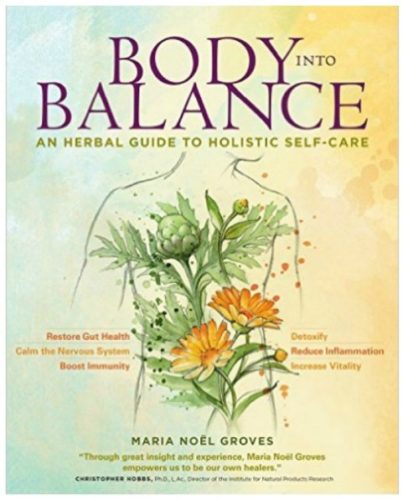
Body into Balance by Maria Noel Groves
If holistic health and herbal medicine were displayed in a Venn-Diagram, this book would live happily in the middle of the two circles of thought.
Without the typical alarmist lecture about the need for balance, this book celebrates the body’s ability to correct itself with the support of health consciousness and plant allies. In two main parts, Groves goes deep into the art of balancing the body and herbal healing with an articulate and inspiring writing style. The first part explains different habits that contribute to balanced health; the second part goes through each of the body’s major systems, with a chapter for each and relevant herbal allies. The body is truly the star of this book, however, equally relevant is the herbal wisdom that seeks to balance it.
One walks away from this book with an empowering dual education: a wealth of herbal information as well as a new understanding of how the body truly thrives. Bonus points for an exceptionally beautiful layout, full-color illustrations, and photo styling that lends a sense of celebration to this knowledge and an enchanting apothecary aesthetic.
5. The Gift of Healing Herbs by Robin Rose Bennett
The Gift of Healing Herbs by Robin Rose Bennett
Find some time to sit down and get comfortable with this book as it immediately pulls the complete beginner in close with enthralling stories of our longstanding relationship to plants. You’ll could walk by and pick up this book only to find yourself sitting down, 30 minutes later, scribbling away in awe of all that you’re taking in.
Bennett unravels foundational knowledge with a voice that is personal and rich with folkloric and spiritual undertones, highlighting a sense of ceremony to the use of herbs. Her secret skill is in maintaining this sense of magic and empowerment, without dissolving into metaphysical fluff.
Following an introduction to holistic healing, subsequent chapters each cover a major bodily system, working with their imbalances and supportive herbal formulas for each. Instead of just listing herbal profiles, she uses helpful case studies to encourage forging a valuable relationship with the body’s deeper languages and wisdom. In a field that can be intimidatingly exact in its measurements, her 30 years of experience have yielded a more flexible and inviting approach to herbalism that supports experimenting with what’s locally available and adjusting recipes as needed. There is a handy (and amusing) recipe list at the beginning of the book, with names like Ooh-La-La Infusion and I Was Flying High and Now I’ve Crashed Tincture Blend that give a sense of her playfulness. That said, keep a notebook close at hand for this one, as each section holds hidden gems, historical tidbits, and advice that you may want to call upon later.
This herbal book for beginners is highly recommended if you’re searching for a book that stokes a deeper sense of magic and wonder sparked by the study of herbalism.
Looking for more books to support your herbal studies? Our new Herbal Bookshelf can help! Search, preview, and purchase books that have been hand-picked by Herbal Academy educators with ease. What will you add to your herbal library next?
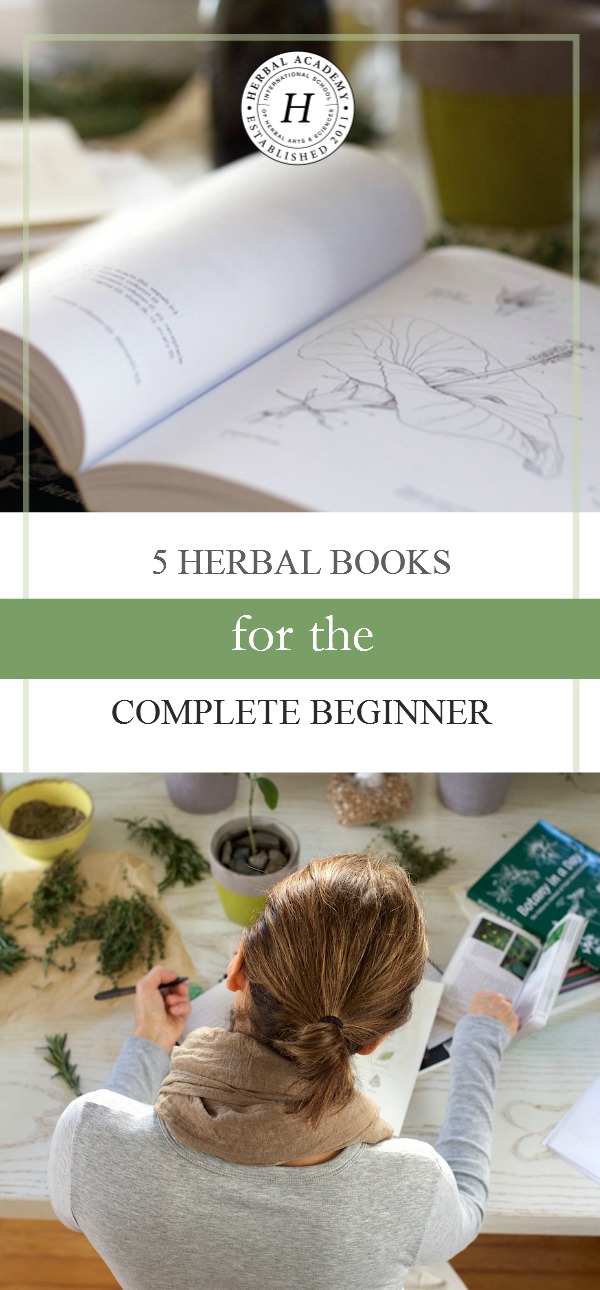
Books and resources listed in the Herbal Bookshelf, as well as in references, citations, and book reviews on the Herbal Academy website may contain titles and language that include words and phrases such as “healing,” “treat,” and “medicinal.” Herbal Academy web pages that include book reviews, products, references, citations, periodicals, or other publications and links should not be construed as medical claim, diagnosis, or treatment. The Herbal Academy is not responsible for the content of these outside resources. The Herbal Academy makes neither medical claim, nor intends to diagnose or treat medical conditions.

